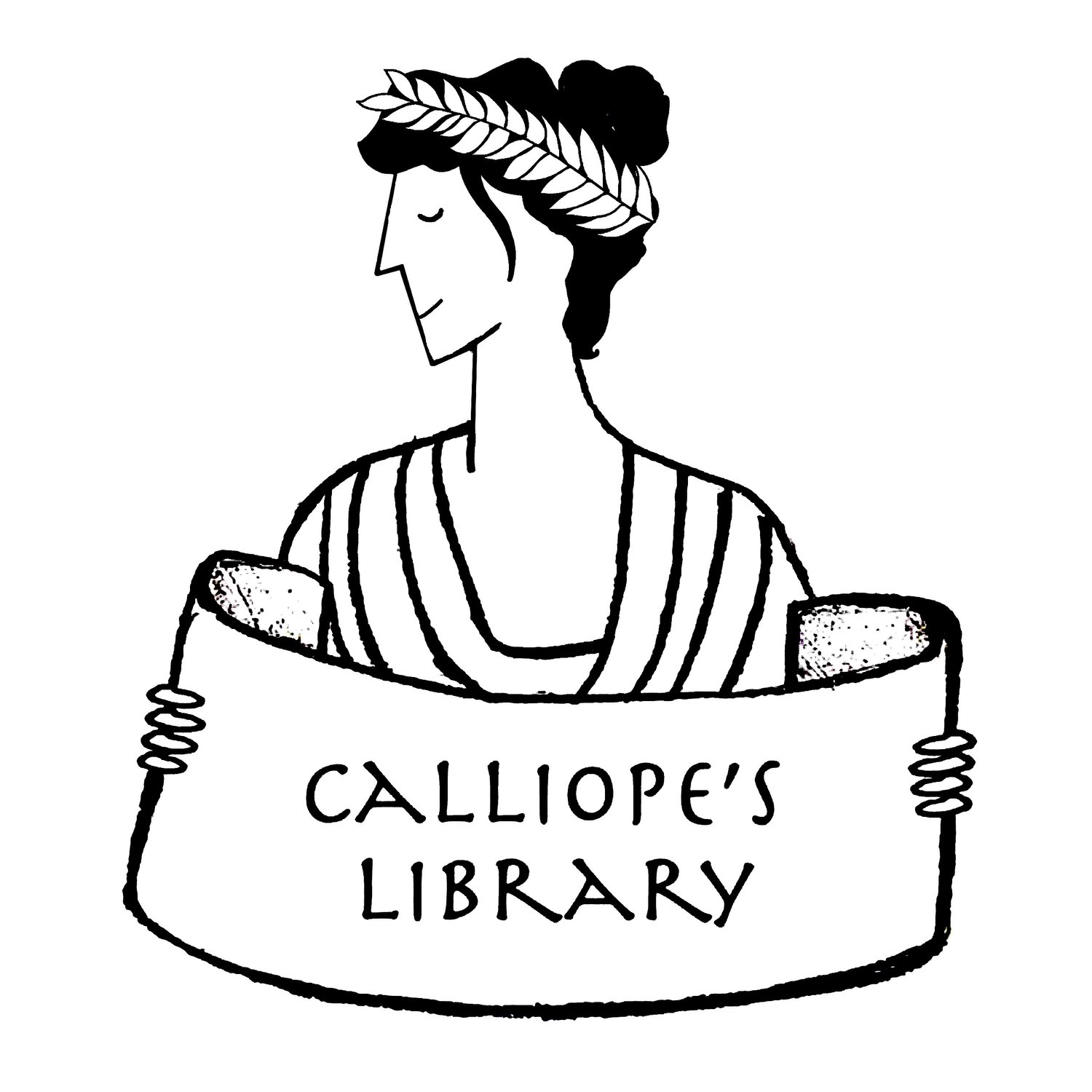Title: Atalanta’s Race: A Greek Myth
Author: Shirley Climo
Illustrator: Alexander Koshkin
Date: 1995
Tags: Preschool, Picture book, Mythology, Ancient worlds, Female lead, Atalanta, English, Read-Aloud
Readers interested in a scholarly approach to children’s literature may consult this title on Our Mythical Childhood Survey*
This is my favorite Greek mythology picture book. It is an excellent read-aloud for kids with a longish attention span. Every page is illustrated or faced by a beautiful painting by Alexander Koshkin. The book tells the story of Atalanta, from her father’s cruel decision to expose her as an infant, through her nurture first by a she-bear and then a hunter, her return to father’s house, the famous footrace and the golden apples, Atalanta’s marriage to Melanion, and the couple’s final transformation into lions as punishment for their failure to thank Aphrodite. The prose is clear and elegant and the story handles the difficult topics of attempted female infanticide and Atalanta’s forgiveness of her father’s outrageous deed in an age-appropriate manner. The final page is a thoughtful and erudite Author’s Note explaining that there are different versions of the setting and names in the story (this telling is set in Arcadia) and observing that “running freely through the woodlands in a never-ending race” is perhaps “a happy ending for Atalanta and Melanion after all.” There is no mention of Atalanta’s adventures as an Argonaut or a participant in the Caledonian boar hunt, and I wish this author and illustrator had taken on those stories as well! This book is out of print but used copies are available for sale online.
—Diane Arnson Svarlien
* For further information on the Our Mythical Childhood Survey, please refer to the website of the project “Our Mythical Childhood” [link: http://omc.obta.al.uw.edu.pl/], led by Prof. Katarzyna Marciniak at the Faculty of “Artes Liberales,” University of Warsaw, Poland, with the participation of Bar Ilan University, University of New England, University of Roehampton, University of Yaoundé 1, and other affiliated scholars, within the funding from the European Research Council (ERC) under the European Union’s Horizon 2020 Research and Innovation Programme (grant agreement No 681202).


